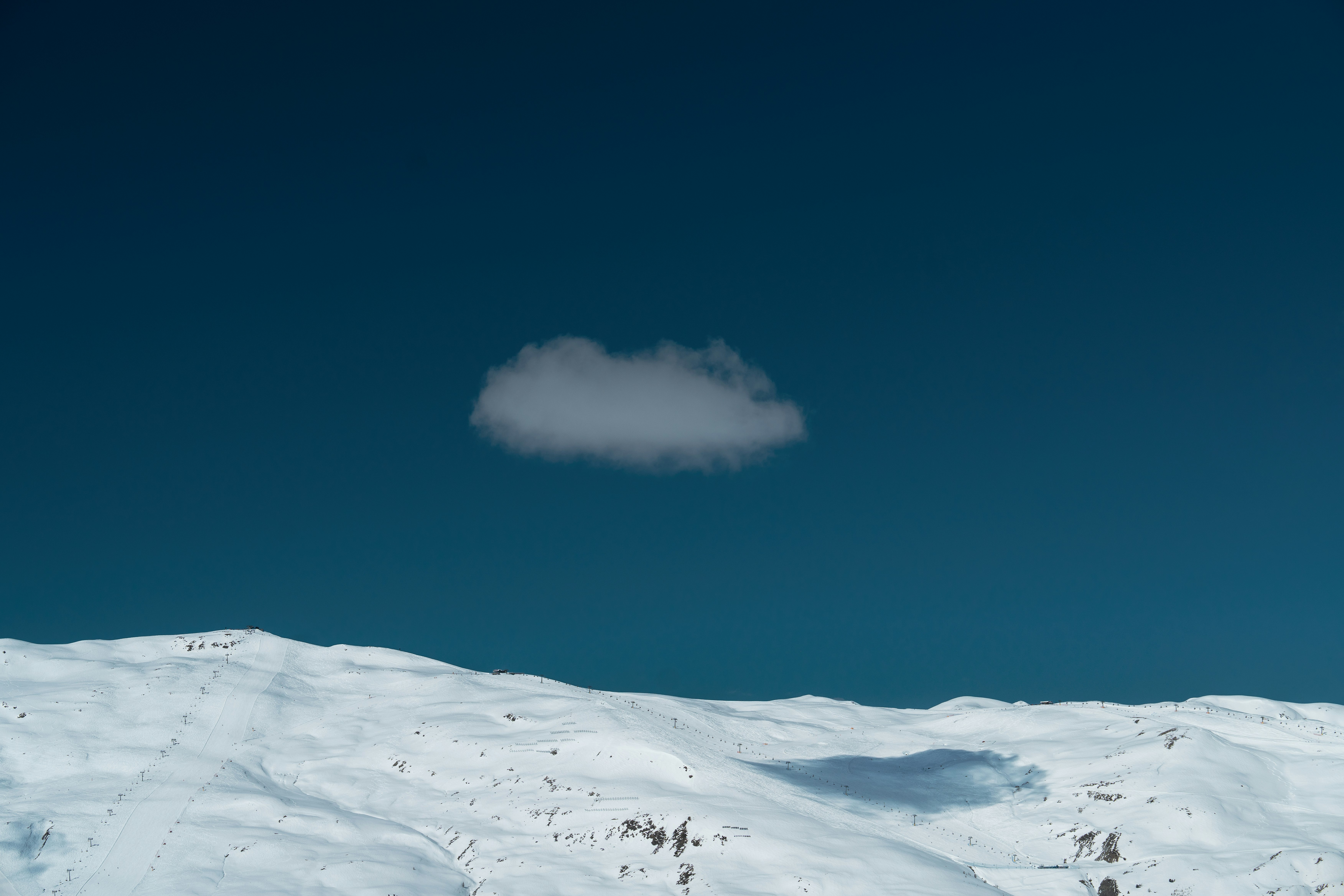Test Center Livigno
For the second year in a row, we headed to Livigno, aka Little Tibet.
- Photographer: Michele Guarneri
This time it’s where we carried out the majority of our tests for the Light, Tour and Lady categories.
It seemed only right, as, come February, the remote resort in Lombardy is due to become an Olympic venue, hosting the half pipe, slopestyle, big air, ski and snowboard cross, parallel giant slalom, moguls, dual moguls, and aerials events. We stayed at the Alpen Resort Bivio, a comfortable four-star hotel conveniently located next to the Teola chairlift. Why Livigno? Because it’s a fantastic location for ski touring and freeriding. In terms of skimo, aside from some classic itineraries, there are five managed trails, which you can take on independently, without the need for an avalanche kit. The routes are well signposted and are groomed after each snowfall. And then there are the powder slopes, for skiers and boarders looking to get started in the world of freeriding. After every big dump of snow, a slope in the Carosello 3000 ski area will remain untouched overnight so powder junkies can safely lay some fresh tracks the next day.

Behind these freeride and skimo projects is Livigno’s very own Avalanche and Weather Center, the only private Italian body recognized by EAWS, the European Avalanche Warning Services. The center’s crowning achievement is the weather forecast and avalanche bulletin section of the livigno.eu website, updated daily. They also have an Instagram account: @livigno_weather. The weather forecast provides detailed data, dividing the mountain into two bands: one in the town and one at altitude. The avalanche bulletin is prepared in accordance with international standards and covers the Livigno valley as a whole. It’s issued in the evening, and updated in the morning if the situation changes overnight. There’s also a snow-quality bulletin, which, like the avalanche bulletin, divides the mountain into three levels: alpine, treeline, and below the tree line. It provides a graphical representation of the quality of the snowpack (fresh, wind slab, hardpack, crust, etc.) on the various faces and also translates them into skiing quality, expressed using five different ratings along with the probability of finding rocks and stones in your path.
Share this article

